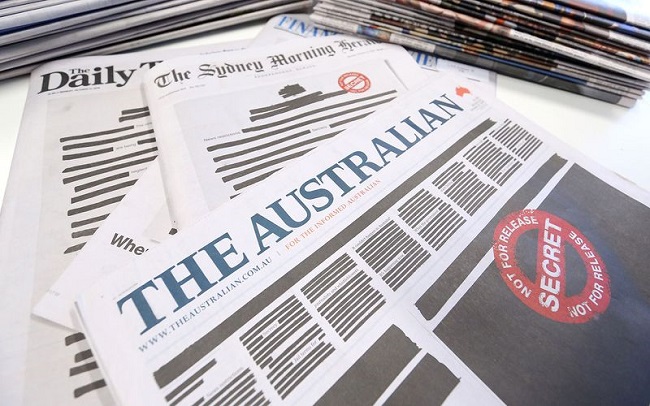by Luke Dean
September 19, 2019
Corporate Communications
Not all of Australia’s most powerful CEOs are a part of the ASX 50.
While compiling 2019’s Apollo Communications Top 50 CEO Report, our team couldn’t help but notice that many of Australia’s most influential CEOs sit outside the Australian Securities Exchange (ASX) top 50 companies.
The exemplar of this trend is, of course, Atlassian; the Sydney-based software-as-a-service giant that was founded in a Sydney-garage in 2002 by Mike Cannon-Brookes and Scott Farquhar and is now listed on the US-based NASDAQ exchange, valued at US $35 billion.
Atlassian is not even 20 years old, has only been listed for four years and yet its market capitalisation is already higher than 88 percent of the ASX 50.
This means there are only six ASX listed companies with market capitalisations higher than Atlassian’s, these being ANZ, BHP, Commonwealth Bank, CSL, Westpac, NAB and Telstra.
The youngest of these six companies is Telstra, which was founded in 1975, making it nearly 30 years older than Atlassian, although its roots go back to the Postmaster-General’s Department in 1901. The next youngest is CSL, founded in 1916, more than a century before Atlassian listed on the NASDAQ exchange.
So, not only has Atlassian leapfrogged 88 percent of the ASX 50, it is rapidly catching up to a shrinking pool of ‘household name’ Australian corporations, most of which were founded more than a century ago.
Atlassian’s rapid rise has of course been enabled by the nature of the industry the company operates within (software) and the relative ease with which companies can now access more lucrative international markets (such as the US capital markets) and list on foreign exchanges.
This trend will undoubtedly continue and at a more rapid pace, particularly considering new apps like Stake.com.au (Stake’s another Sydney-based startup by the way), which enable Australians to buy US-listed shares directly – paying $0 for brokerage – and participate in NASDAQ and NYSE IPOs.
Australian companies looking to IPO in the future may well ask why they would bother listing via the ASX when their Australian-based investors can just as easily (and more cheaply) participate in an IPO via the NYSE or NASDAQ and share the benefits of accessing the considerably larger and more liquid US capital markets?
So, the question becomes, who are the leading contenders for the title of “Next Aussie Company to IPO in the US”?
Companies that IPO via NASDAQ tend to be ‘unicorns’, meaning private companies with a market valuation of US $1 billion or more.
According to KPMG’s most recent Venture Pulse report, the two Australian ‘unicorns’ to watch are Canva and Airwallex.
Canva is an online graphic design tool that has already secured the backing of major private US investors and even Hollywood celebrities, Woody Harrelson and Owen Wilson.
Airwallex is a global payments app that became a unicorn after securing the backing of DST Global, which previously backed Airbnb and Spotify.
It remains to be seen whether Canva, Airwallex or future Australian ‘unicorns’ ultimately choose to list in the US and, like Atlassian, join the ranks of Australia’s largest (NASDAQ) listed companies.
However, it’s important to note that, with existing valuations of US $1 billion or more, these companies already have larger market valuations than nearly one quarter of the ASX 200, meaning Canva’s Melanie Perkins and Airwallex’s Jack Zhang are already among Australia’s most powerful 200 CEOs.
To be sure, the ASX 50 still packs a mighty punch but thanks to technology and a booming local and internationally connected private investment eco-system, the times are certainly ‘a changin’ and the faces of Australia’s 50 most powerful business leaders will undoubtedly look very different in just a few years.
Find out more
Please contact Luke Dean at Apollo Communications if you would like to discuss the future of Australian ‘unicorns’ further.
NEWS AND MEDIA

Freedom is anchored to a free press
Yesterda...
Measure and manage your Corporate Reputation

Suite 94 | Jones Bay Wharf
26-32 Pirrama Road
Pyrmont NSW Australia 2009



